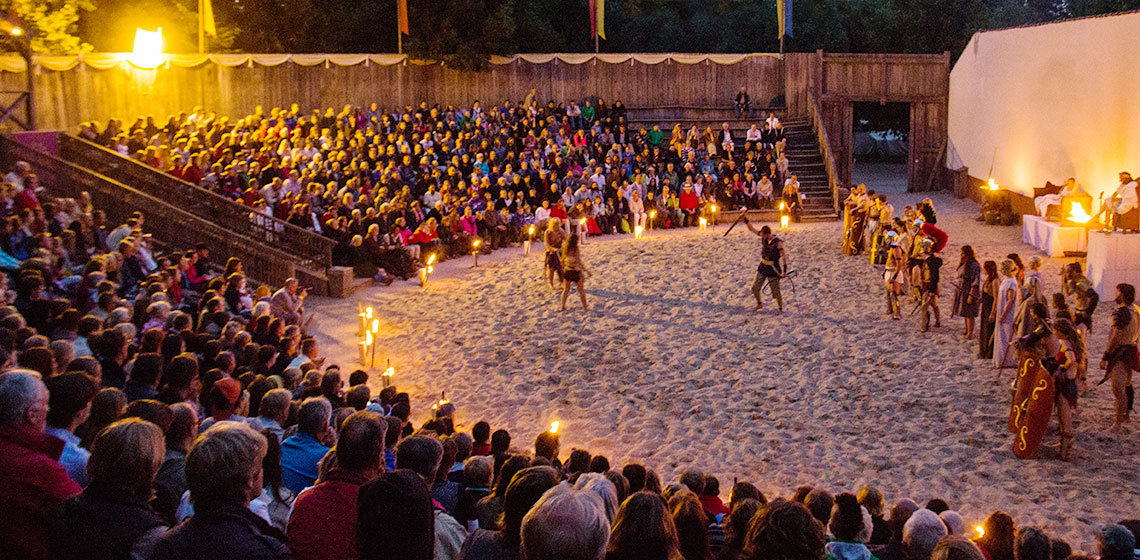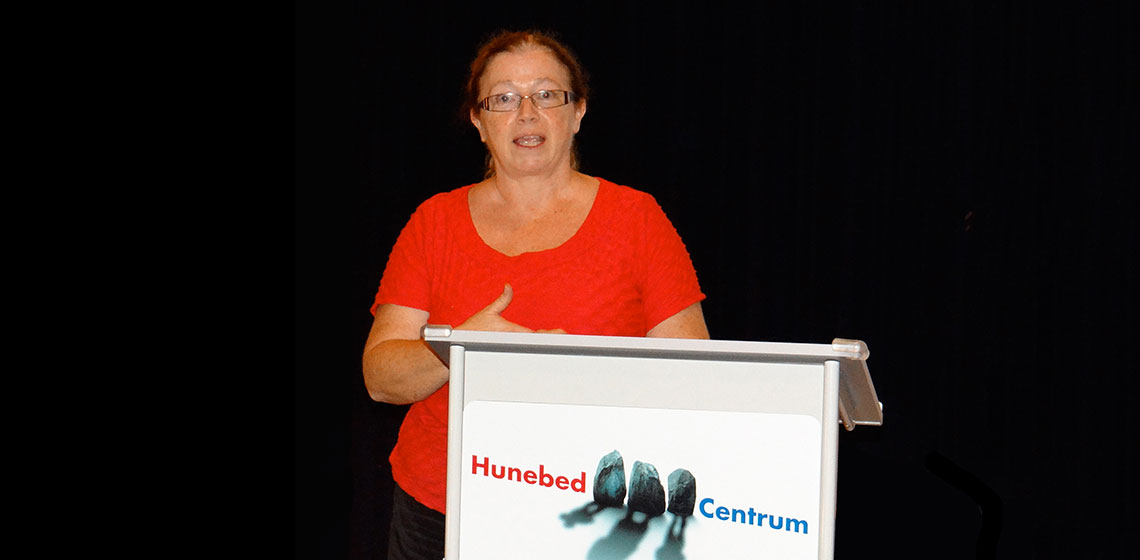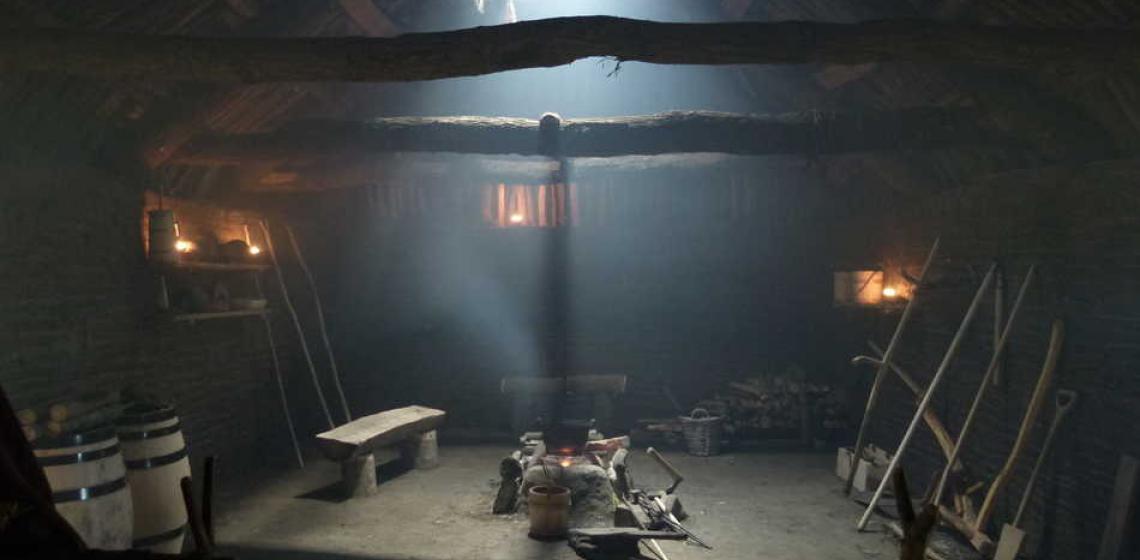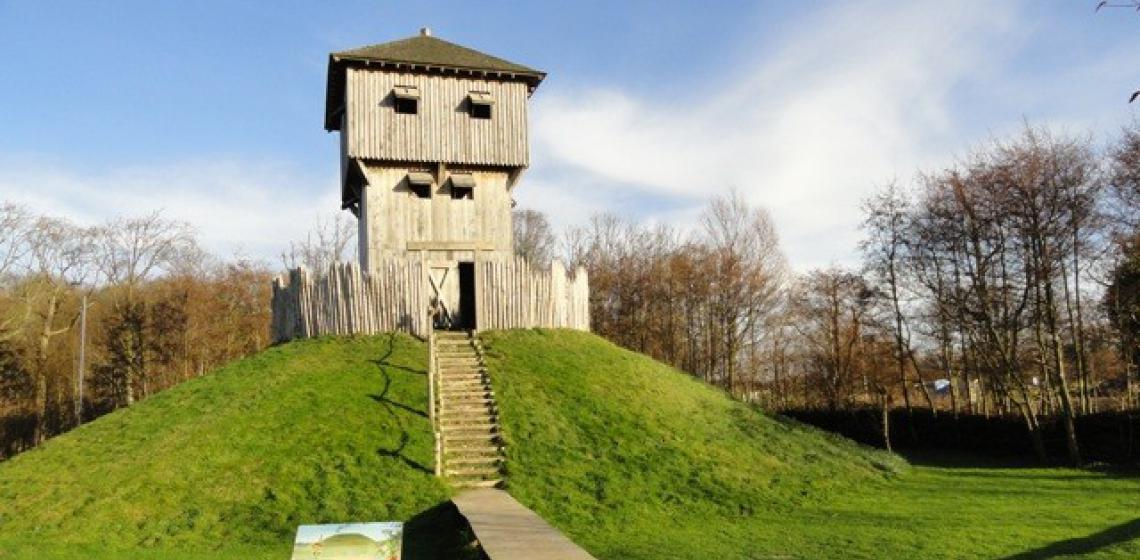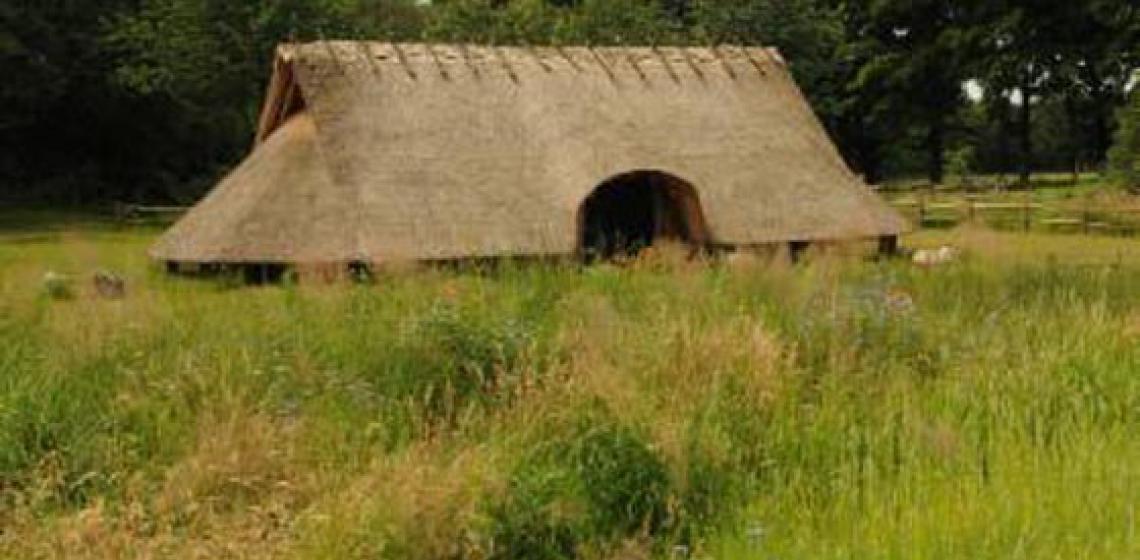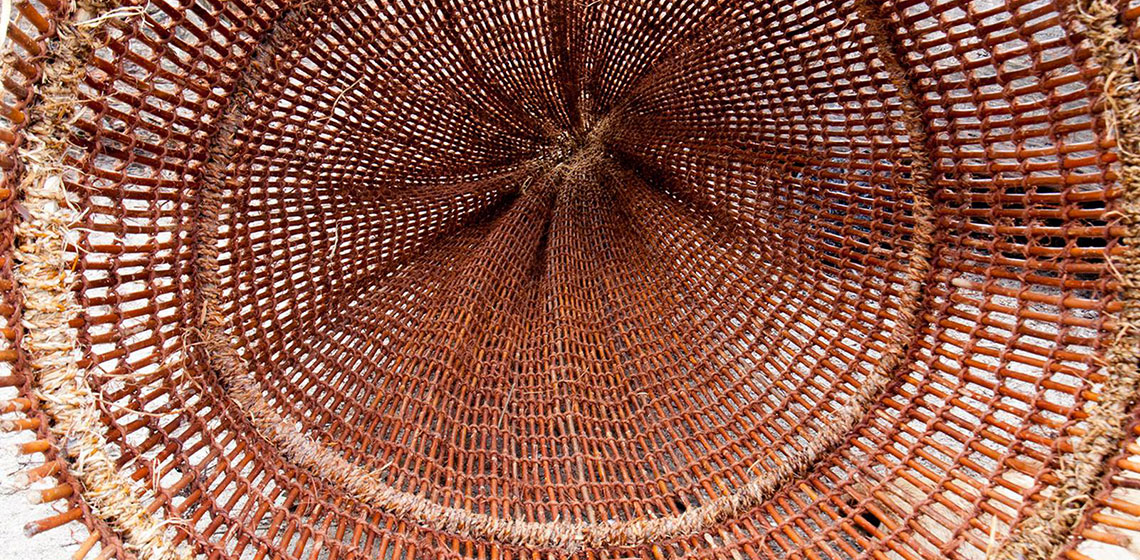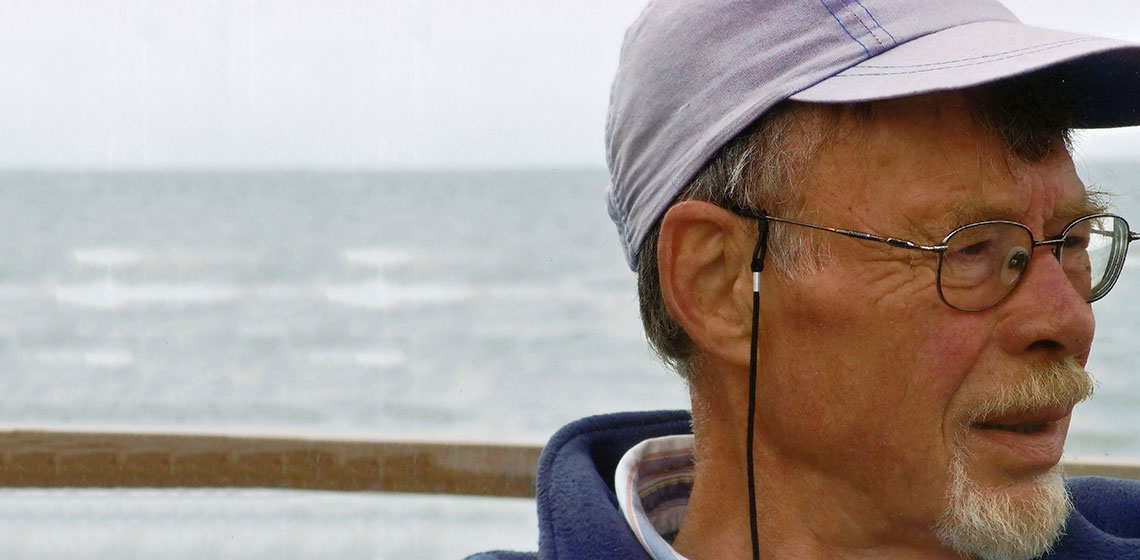the Netherlands
Lucia Ros
Hello! My name is Lucia.
I am a woman with wide interests and experience, and always looking for new challenges and learning opportunities!
Putting on a Show - The How and Why of Historical Shows and Theatre in a Historical Setting or Theme-park
Interview: “You’re not Replacing the Museum, you’re Advertising it” with Linda Hurcombe
Yeb Hettinga Museum - Zodenhuis (NL)
As a consequence of an academic study by the University of Groningen on turf-building techniques in the early middle ages, a turf house was (re)constructed in Yeb Hettinga Museum.
The early medieval turf house was (re)constructed after an academic research on building techniques.
Terra Maris Motte and Bailey Castle (NL)
In the Terramaris museum, where the landscape of Zeeland is illustrated, a Motte-and-Bailey medieval castle was (re)constructed in 2011.
A Motte-and-Bailey (re)construction was built in 2011 in the Terra Maris museum.
Wekerom Celtic Fields and Farm (NL)
Within the natural landscape of the sands of Wekerom, the cultural landscape of the Iron Age can be experienced with the celtic fields system and farm.
The celtic fields system and the (re)construction of a farmhouse are set in the natural park of Wekerom sands.
Event Review: Food Workshop in Archeon at the OpenArch conference 2013
***Food and drink are basic needs for every human being. From the perspective of our modern culinary practices, with all its specialities and customs, the traditional cuisines, and especially the pre- and protohistoric dishes, seem not only very far away, but also very primitive and have a negative connotation...
Reconstructing a Prehistoric Fish Trap
Introduction
The conical fish trap with a funnel entry is used mainly in standing waters, slow streams and tidal areas.Fish traps without a funnel can be used where a strong current prevents the fish from swimming out again, but in slow-moving water, the funnel is indispensable to block the way out and keep the fish penned (Brinkhuizen, 1983:8-53).



